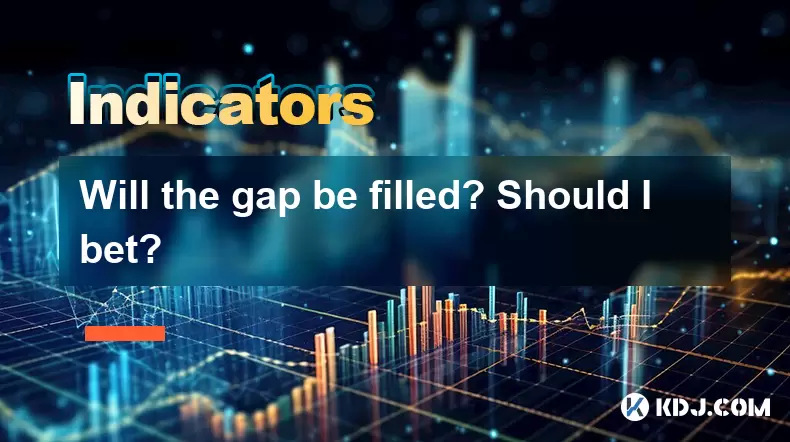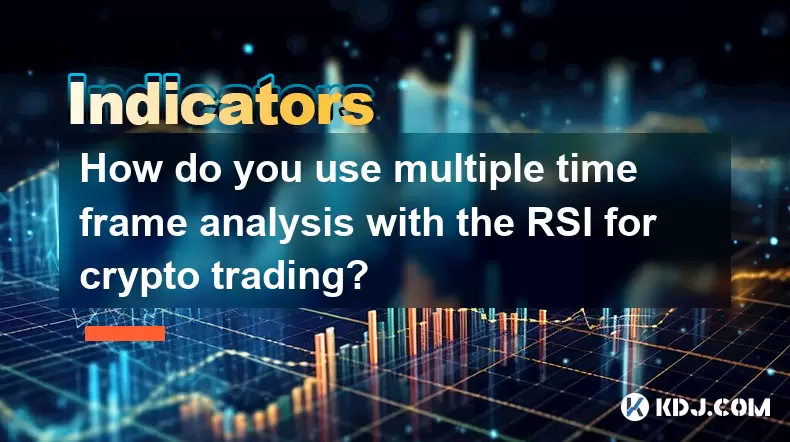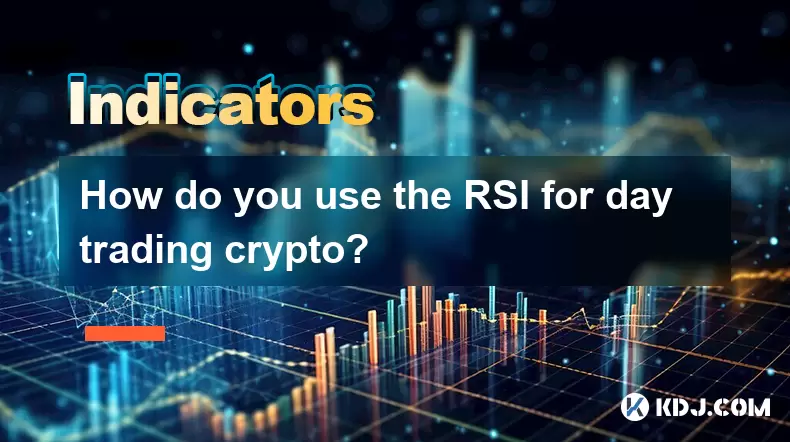-
 Bitcoin
Bitcoin $118400
0.47% -
 Ethereum
Ethereum $3836
2.20% -
 XRP
XRP $3.157
2.98% -
 Tether USDt
Tether USDt $0.9999
-0.03% -
 BNB
BNB $801.5
1.31% -
 Solana
Solana $180.9
2.07% -
 USDC
USDC $0.9999
-0.02% -
 Dogecoin
Dogecoin $0.2225
2.50% -
 TRON
TRON $0.3285
-1.02% -
 Cardano
Cardano $0.7789
2.60% -
 Hyperliquid
Hyperliquid $43.60
2.39% -
 Sui
Sui $3.892
4.41% -
 Stellar
Stellar $0.4229
3.34% -
 Chainlink
Chainlink $18.01
3.98% -
 Hedera
Hedera $0.2745
6.77% -
 Bitcoin Cash
Bitcoin Cash $582.3
3.38% -
 Avalanche
Avalanche $23.77
1.04% -
 Ethena USDe
Ethena USDe $1.001
0.01% -
 Toncoin
Toncoin $3.493
3.59% -
 Litecoin
Litecoin $110.0
2.48% -
 UNUS SED LEO
UNUS SED LEO $8.936
-0.37% -
 Shiba Inu
Shiba Inu $0.00001304
2.49% -
 Uniswap
Uniswap $9.999
1.09% -
 Polkadot
Polkadot $3.897
3.26% -
 Monero
Monero $308.6
-0.83% -
 Dai
Dai $0.9999
-0.01% -
 Bitget Token
Bitget Token $4.504
-0.04% -
 Pepe
Pepe $0.00001154
2.95% -
 Cronos
Cronos $0.1471
3.06% -
 Ethena
Ethena $0.6691
19.53%
Will the gap be filled? Should I bet?
Gaps in crypto trading occur when prices jump without trading in between, often due to high volatility or weekend news, and can signal key market shifts.
Jun 21, 2025 at 05:00 pm

Understanding the Concept of a Gap in Cryptocurrency Trading
In cryptocurrency trading, a gap refers to a situation where the price of an asset jumps from one level to another without any trading occurring in between. This often happens during periods of high volatility or over weekends when markets are closed but news events can cause significant price shifts. Gaps are common in crypto due to its 24/7 nature and sensitivity to global events.
There are different types of gaps such as common gaps, breakaway gaps, runaway gaps, and exhaustion gaps, each signaling different market behaviors. Identifying which type of gap you're facing is crucial before deciding whether it will be filled or not.
Why Do Gaps Occur in Crypto Markets?
Gaps occur primarily due to sudden surges in buying or selling pressure, often triggered by external factors like regulatory news, macroeconomic data, or major exchange announcements. Since the crypto market never sleeps, gaps can appear at any time, especially after large institutional trades or whale movements.
Another reason for gaps is the discrepancy between spot prices and futures markets. When futures contracts expire or new ones open, price mismatches can create visible gaps on charts. These gaps might be temporary or long-lasting depending on how quickly liquidity absorbs the imbalance.
How to Determine If a Gap Will Be Filled
Whether a gap gets filled depends heavily on market sentiment and volume. A gap that occurs during a strong trend may not get filled immediately because momentum keeps pushing the price further. However, if the gap lacks follow-through volume, it's more likely to be revisited and filled.
Technical indicators like moving averages, support/resistance levels, and volume profiles can help assess the probability of a gap being filled. For instance, if a gap forms near a key support zone and there’s strong volume indicating buyers stepping in, it could signal that the price may return to fill the gap.
Should You Bet on a Gap Being Filled?
Betting on a gap being filled involves risk, especially in highly volatile assets like cryptocurrencies. Before placing a trade, evaluate the context of the gap—was it caused by a short-term event or part of a larger trend? If it’s a runaway or exhaustion gap, it might not get filled soon.
One strategy is to wait for confirmation. Monitor the price action after the gap appears. If the price retraces toward the gap area with increasing volume, it may indicate a potential fill. However, entering too early without confirmation could lead to losses if the trend continues.
Practical Steps to Trade Around Gaps
If you decide to trade around a gap, consider these steps:
- Identify the gap type: Use candlestick patterns and volume to classify the gap.
- Check nearby support and resistance: See if the gap aligns with key levels.
- Set stop-loss orders carefully: Gaps can sometimes reappear unexpectedly.
- Use limit orders near the gap area: Avoid chasing the price.
- Monitor news and market conditions: Stay updated to avoid surprises.
Each of these steps helps mitigate risk while positioning yourself for a potential opportunity if the gap gets filled.
Frequently Asked Questions (FAQ)
Q: Can gaps in crypto be predicted accurately?
A: While gaps cannot be predicted with certainty, analyzing historical patterns, volume, and news cycles can increase your chances of anticipating them.
Q: Are gaps more common in certain cryptocurrencies?
A: Yes, gaps tend to appear more frequently in smaller-cap altcoins due to lower liquidity, though major coins like Bitcoin and Ethereum also experience gaps, especially during high-impact events.
Q: Is it safe to place a pending order to bet on a gap fill?
A: It can be risky if the market moves against you. Always use a stop-loss and ensure your order placement aligns with technical signals and market context.
Q: What timeframes are best for observing and trading gaps?
A: Daily and weekly charts provide clearer insights into meaningful gaps. Intraday gaps are frequent but often less impactful unless tied to major events.
Disclaimer:info@kdj.com
The information provided is not trading advice. kdj.com does not assume any responsibility for any investments made based on the information provided in this article. Cryptocurrencies are highly volatile and it is highly recommended that you invest with caution after thorough research!
If you believe that the content used on this website infringes your copyright, please contact us immediately (info@kdj.com) and we will delete it promptly.
- SEC, Crypto, and Securities: Navigating the New Frontier
- 2025-08-01 05:10:12
- Cardano (ADA) Market Cap: Can It Compete with Emerging Cryptocurrencies and Meme Coins?
- 2025-08-01 04:30:12
- SEC, Crypto, and On-Chain: Navigating the Regulatory Maze
- 2025-08-01 02:31:40
- Jito Labs, Solana, and Liquid Staking: Riding the Wave of Innovation
- 2025-08-01 03:50:12
- Perpetual DEX: Navigating Onchain Trading and Solving Core Problems, a NY Perspective
- 2025-08-01 03:57:53
- Bitcoin Bullish Market: How Long Positions are Boosting the Crypto King
- 2025-08-01 02:35:33
Related knowledge

How do you use multiple time frame analysis with the RSI for crypto trading?
Aug 01,2025 at 05:19am
Understanding the Role of RSI in Crypto TradingThe Relative Strength Index (RSI) is a momentum oscillator that measures the speed and change of price ...

How can you use the RSI to determine exit points in crypto trades?
Aug 01,2025 at 04:29am
Understanding the Role of RSI in Crypto TradingThe Relative Strength Index (RSI) is a momentum oscillator widely used in the cryptocurrency market to ...

How do you use the RSI for day trading crypto?
Aug 01,2025 at 05:26am
Understanding the RSI in Cryptocurrency TradingThe Relative Strength Index (RSI) is a momentum oscillator that measures the speed and change of price ...

What does it signify when the MACD crosses below the zero line?
Aug 01,2025 at 01:43am
Understanding the MACD IndicatorThe Moving Average Convergence Divergence (MACD) is one of the most widely used technical analysis tools in the crypto...

How does the MACD histogram show momentum?
Aug 01,2025 at 01:16am
Understanding the MACD Histogram and Its Role in Cryptocurrency TradingThe MACD histogram is a visual representation of the difference between the MAC...

What is a MACD crossover?
Jul 31,2025 at 11:52pm
Understanding the Role of Private Keys in Cryptocurrency SecurityIn the world of cryptocurrency, private keys are the cornerstone of ownership and con...

How do you use multiple time frame analysis with the RSI for crypto trading?
Aug 01,2025 at 05:19am
Understanding the Role of RSI in Crypto TradingThe Relative Strength Index (RSI) is a momentum oscillator that measures the speed and change of price ...

How can you use the RSI to determine exit points in crypto trades?
Aug 01,2025 at 04:29am
Understanding the Role of RSI in Crypto TradingThe Relative Strength Index (RSI) is a momentum oscillator widely used in the cryptocurrency market to ...

How do you use the RSI for day trading crypto?
Aug 01,2025 at 05:26am
Understanding the RSI in Cryptocurrency TradingThe Relative Strength Index (RSI) is a momentum oscillator that measures the speed and change of price ...

What does it signify when the MACD crosses below the zero line?
Aug 01,2025 at 01:43am
Understanding the MACD IndicatorThe Moving Average Convergence Divergence (MACD) is one of the most widely used technical analysis tools in the crypto...

How does the MACD histogram show momentum?
Aug 01,2025 at 01:16am
Understanding the MACD Histogram and Its Role in Cryptocurrency TradingThe MACD histogram is a visual representation of the difference between the MAC...

What is a MACD crossover?
Jul 31,2025 at 11:52pm
Understanding the Role of Private Keys in Cryptocurrency SecurityIn the world of cryptocurrency, private keys are the cornerstone of ownership and con...
See all articles

























































































